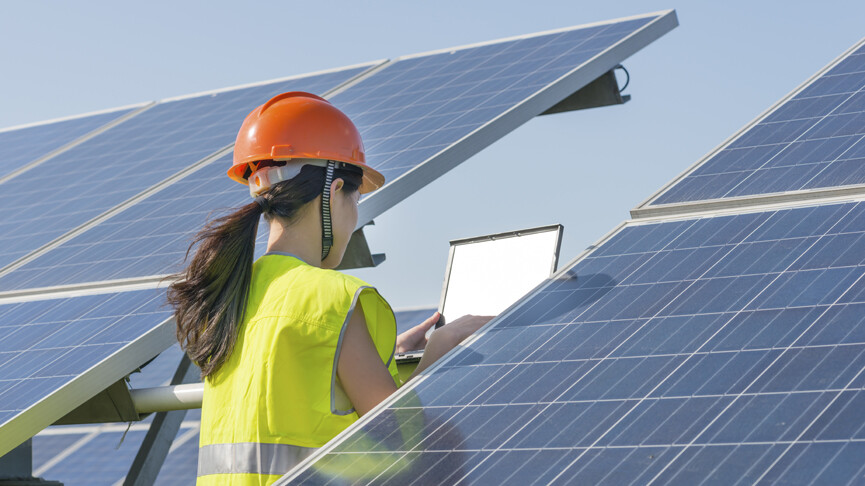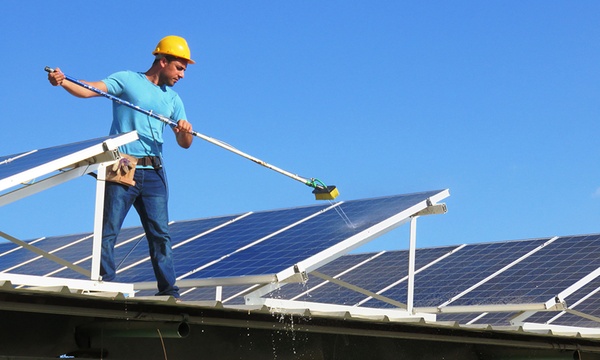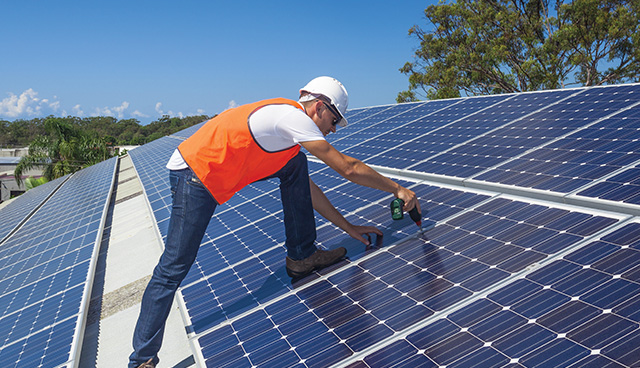
Introduction
Energy justice focuses on the fair distribution of energy resources and benefits to all communities. This article explores the relevance of making solar energy accessible to disadvantaged communities in addressing inequality and environmental concerns.
Historical Background
Early development of solar energy
Solar energy has been used for centuries, dating back to ancient civilizations. However, it was not until the 19th century that the first solar technologies were developed, such as solar water heaters. The invention of the photovoltaic cell in the 1950s marked a significant milestone in the evolution of solar energy.
Evolution of solar energy policies and initiatives
Governments and organizations around the world have implemented various policies and initiatives to promote solar energy. These include feed-in tariffs, tax incentives, and renewable portfolio standards. As solar technology advanced, the costs of installation and production decreased, making it more accessible to the general population.
Historical barriers to solar accessibility
Despite advancements in solar energy, barriers to accessibility exist, particularly for marginalized communities. High upfront costs, lack of financing options, limited awareness and education about solar energy benefits, and regulatory and policy barriers have hindered widespread adoption in these communities.
Key Concepts and Definitions
Energy Justice: Ensuring fair distribution of energy resources and benefits
Energy justice aims to provide affordable, reliable, and clean energy to everyone. It addresses disparities in energy access and benefits among different communities.
Solar Accessibility: The ability for all communities to access and benefit from solar energy
Solar accessibility refers to the ability of all communities to access and benefit from solar energy technologies. This includes physical access to solar installations and the economic affordability of utilizing solar energy.

Main Discussion Points
Barriers to Solar Accessibility
High upfront costs of solar installation
The cost of installing solar panels is a significant barrier for many individuals and communities, especially those with limited financial resources.
Lack of financing options for marginalized communities
Marginalized communities often struggle to access financing options for solar installations, limiting their ability to adopt solar energy.
Limited awareness and education about solar energy benefits
Many communities, especially underserved areas, lack awareness and education about the benefits of solar energy, which can contribute to reluctance in adopting solar technologies.
Regulatory and policy barriers
Regulatory and policy barriers, such as zoning restrictions and permitting processes, vary across jurisdictions and can hinder solar accessibility.
Strategies for Making Solar Accessible
Community solar initiatives
Shared solar projects allow multiple individuals or households to benefit from a single solar installation, overcoming barriers of high upfront costs and limited roof space.
Financial incentives and subsidies
Tax credits and rebates can significantly reduce upfront costs, making solar energy more affordable and encouraging adoption.
Collaborations between government, nonprofits, and the private sector
Partnerships between these entities can facilitate financing options, education and outreach programs, and implementation of solar projects in disadvantaged communities.
Education and outreach programs
Providing resources, training, and information through education and outreach programs can increase awareness and understanding of solar energy benefits.

Environmental and Social Benefits of Solar Accessibility
Reduction in greenhouse gas emissions
Solar energy is clean and renewable, reducing dependence on fossil fuels and mitigating climate change.
Job creation and economic opportunities
The expansion of solar energy creates job opportunities in installation, manufacturing, and maintenance sectors, contributing to local economic development.
Improved energy resilience in communities
Solar energy diversifies energy sources and reduces reliance on centralized power grids, helping communities maintain essential services during power outages or natural disasters.
Health benefits of clean energy
Reducing air pollution through solar accessibility improves air quality, leading to significant health benefits by preventing respiratory and cardiovascular diseases.
Case Studies or Examples
Success stories of solar accessibility initiatives in disadvantaged communities highlight the positive impact of such programs. For example, the Solar for All program in Washington, D.C., provides low-income households with solar energy benefits, reducing costs and improving energy equity.
Challenges faced and lessons learned from previous projects underscore the importance of comprehensive planning, community involvement, and policy support for successful solar accessibility initiatives.
Current Trends or Developments
Increasing adoption of community solar projects allows communities to collectively benefit from solar energy installations, even if they cannot install solar panels on their properties.
Advancements in solar technology, such as improved efficiency and lower production costs, have made solar energy more affordable and accessible.
Government policies supporting financial incentives, streamlined permitting processes, and community solar initiatives accelerate solar energy adoption and address barriers to accessibility.
Challenges or Controversies
Equity concerns in the distribution of solar incentives and benefits require ensuring that marginalized communities have equal access to financial incentives and subsidies.
Disagreements over the role of government in promoting solar accessibility range from stronger intervention to a more market-driven approach.
Potential conflicts between different renewable energy sources must be considered to ensure a balanced and sustainable energy system.

Future Outlook
Further advancements in solar accessibility hold great potential, driven by technological innovations, cost reductions, and policy support.
Innovation and technological developments will lower the costs of solar energy installations, including advancements in energy storage, solar panel efficiency, and grid integration.
Addressing social and environmental justice is crucial for a just and sustainable energy future, ensuring equitable access to solar energy and considering the impacts of renewable energy projects.
Conclusion
Energy justice calls for the equitable and accessible distribution of solar energy. Overcoming barriers to solar accessibility, implementing strategies such as community solar initiatives, and recognizing the environmental and social benefits of solar energy are key steps toward achieving energy justice. Continued research, collaboration, and action are necessary to ensure that all communities can benefit from solar energy.




